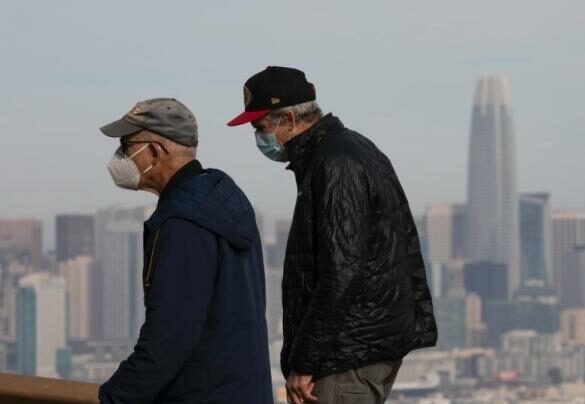January 25th according to the data of Johns Hopkins University in the United States, as of about 6:30 Beijing time on January 25, the cumulative number of confirmed cases of COVID-19 in the United States exceeded 25 million, and more than 418,000 people died of the novel coronavirus.
At present, the number of confirmed cases and deaths in the United States is still the highest in the world.
With the increase of inpatients, hospitals in many parts of the United States are also in danger of nearly running out of medical resources.
The ICUs in the areas where 40% of the population in the United States are almost exhausted.
According to the report, hundreds of intensive care units in the United States have almost run out of space and medical supplies due to the surge in the number of patients in the coronavirus, and many of these hospitals are concentrated in the southern and western United States to hire temporary nurses from other places at high prices.
The Associated Press analysis of federal hospital data shows that the proportion of hospitals near the tipping point has doubled since November 2020.
Today, more than 40% of Americans live in areas where ICU space is almost exhausted, and only 15% of beds are available.
In New Mexico, a hospital system paid millions of dollars to recruit 300 temporary nurses from out of state to care for the surge of ICU patients.
In Los Angeles, some medical centers have encountered a shortage of oxygen cylinders that can be taken home, which means that some patients who could have gone home to stay in the hospital longer, occupying the already limited beds.
The number of coronavirus deaths may be nearly 570,000 before May.
Meanwhile, the number of deaths in the United States continues to rise, with a cumulative death to 418,982.
According to the New York Times, about one in 800 people in the United States has died of the novel coronavirus.
In addition, according to the University of Washington model, 569,000 people will die of COVID-19 in the United States by May 1.
The model also predicts that 157 million people in the United States will be vaccinated by then, and assuming that the vaccine is effective at least 50%, this means that 36 percent of people in the United States will be immunized.
However, the researchers noted that this does not guarantee that the United States will not suffer another coronavirus next winter, “because one in four Americans say they will not be vaccinated, while another quarter say they are not sure.”
The forecast has not taken into account the potential spread of mutant viruses found in the UK and South Africa, “if they spread widely in the United States, the autumn and winter tide may be extended to the end of spring.”



